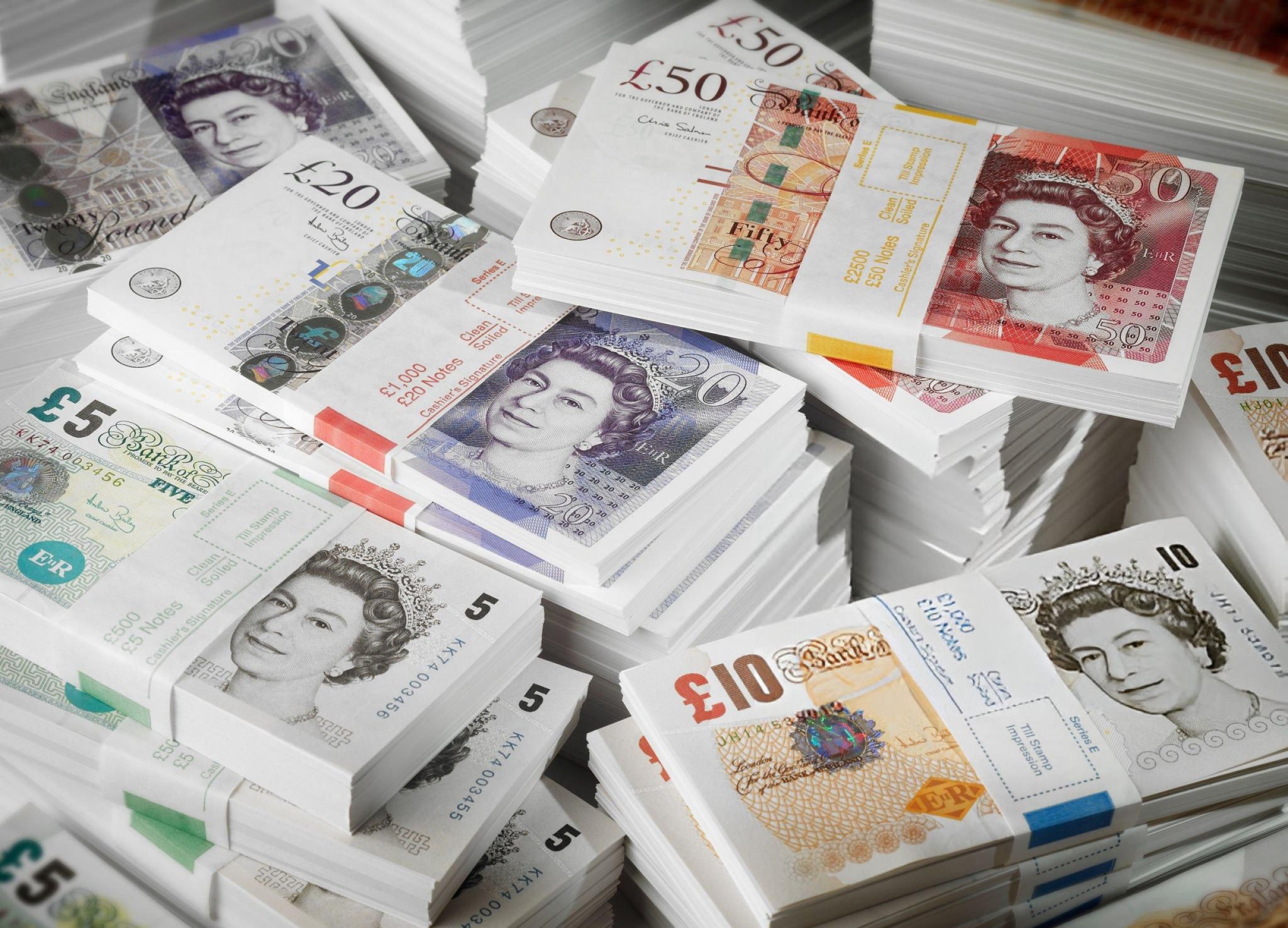Sterling climbs as US-UK trade agreement sparks investor optimism
LONDON (Reuters) – The British pound edged higher on friday after the announcement of a limited but symbolically significant trade agreement between the United Kingdom and the United States, marking what some analysts have called a “breakthrough” in transatlantic economic relations.
The agreement, unveiled on thursday by US President Donald Trump and British Prime Minister Keir Starmer, leaves intact Trump’s existing 10% tariffs on British exports but introduces modest benefits, including enhanced agricultural access for both nations and a reduction in steep US duties on British car exports. Though analysts remain cautious about its limited scope, the pact has nonetheless lifted sentiment in currency markets.
Sterling rose 0.3% against the US dollar to trade at $1.3278 by late afternoon, recovering from earlier lows not seen since mid-april. Traders reacted positively, interpreting the deal as a sign of thawing trade relations under a Trump-led administration that has often been sceptical of multilateral trade frameworks.
Francesco Pesole, a strategist at ING, noted the psychological boost the deal has provided. “The agreement was already mostly priced in, and its direct economic impact on the UK is modest. However, with two trade deals now under Britain’s belt—the US and India—markets are hopeful that upcoming talks with the EU may yield progress,” Pesole said.
Indeed, the timing of the US-UK deal has injected cautious optimism into the upcoming UK-EU trade negotiations scheduled for later this month. As Britain continues to chart its post-Brexit global trade strategy, any diplomatic progress is being closely watched by investors.
Meanwhile, the Bank of England (BoE) delivered a widely expected quarter-point interest rate cut on Thursday, lowering the key rate to 4.25%. However, the Monetary Policy Committee was split, with two members advocating no change—signalling internal divisions and prompting a modest rally in sterling as traders recalibrated expectations for further easing.
BoE Governor Andrew Bailey addressed the trade deal during remarks at an economics conference in Reykjavik on friday, calling it a “positive development” but cautioning that it does little to reverse the broader rise in tariffs seen in recent years. “It’s good news, yes, but it leaves the effective tariff rate higher than it was before all of this started,” Bailey said, referring to the sequence of trade restrictions imposed since 2018.
Markets appear to have responded swiftly. Derivatives pricing suggests that traders have largely abandoned bets on another BoE rate cut in June and now see only a slightly better-than-even chance of a reduction in July.
While sterling remained flat for the week against the dollar—partly owing to renewed strength in the greenback amid hopes of fresh trade talks between the US and China this weekend in Switzerland—it gained notable ground against the euro. The pound is on track for its best four-week performance versus the euro since october 2022, a period that followed the market turmoil caused by former Prime Minister Liz Truss’s ill-fated mini-budget.
This week alone, the euro has dropped by 1% against the pound, bringing its total four-week decline to over 2%. The trend suggests that investors are becoming increasingly confident in the pound’s relative stability, even as uncertainties persist around UK monetary policy and broader geopolitical tensions.
Though the US-UK trade pact may lack sweeping reforms, its political symbolism and timing have helped steady sterling in a volatile market environment. Investors will now be turning their attention to the next round of trade talks with both the EU and global partners to gauge whether this momentum can be sustained.






